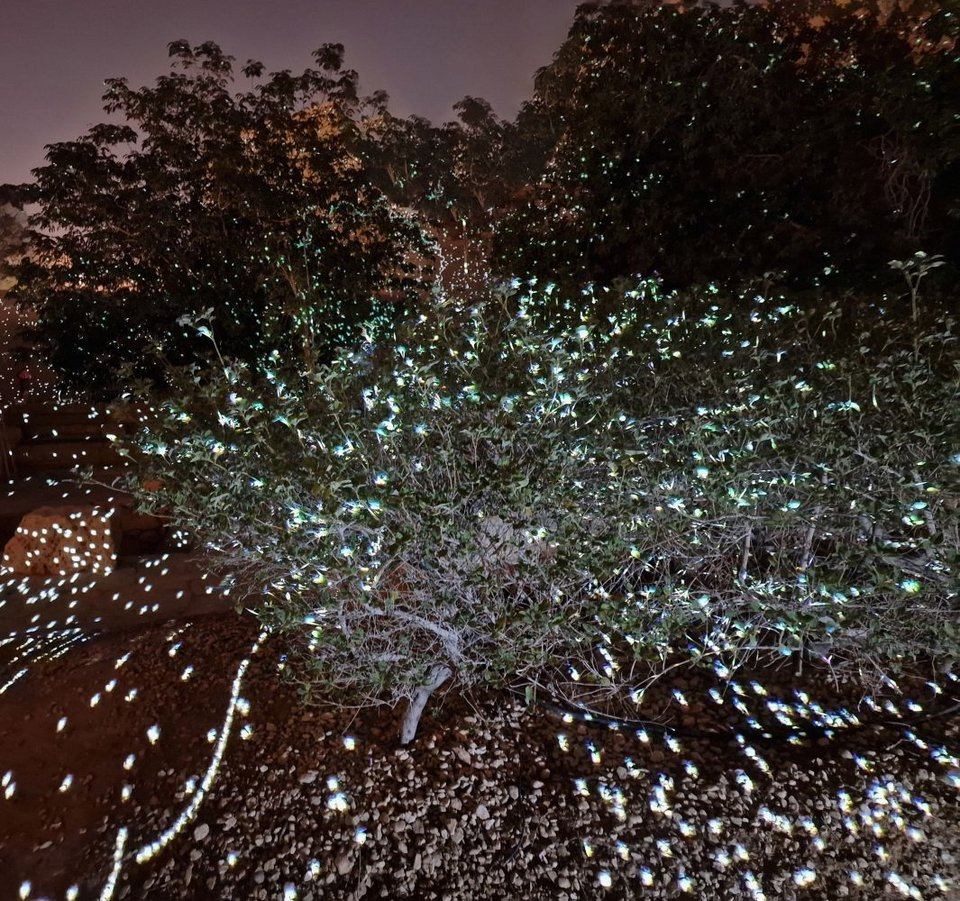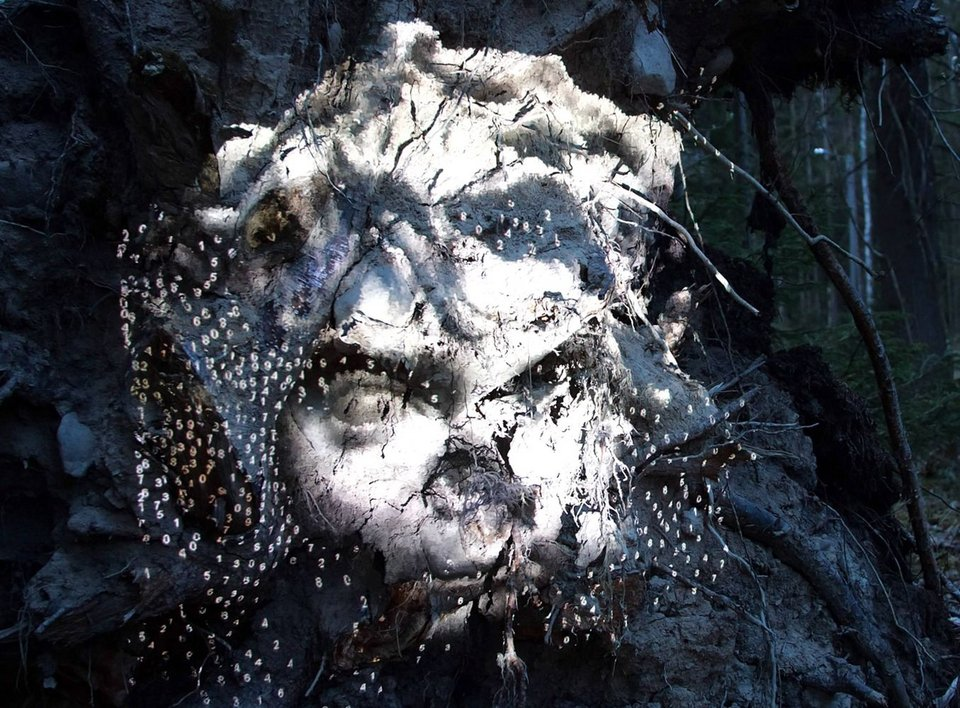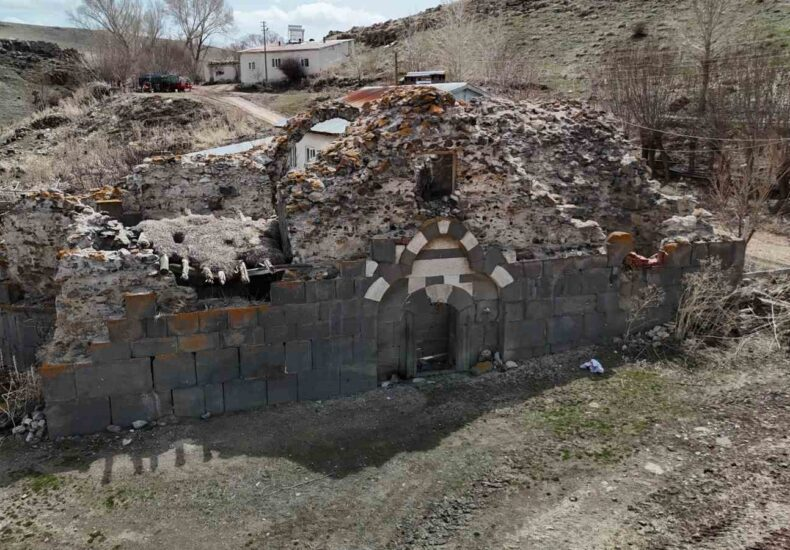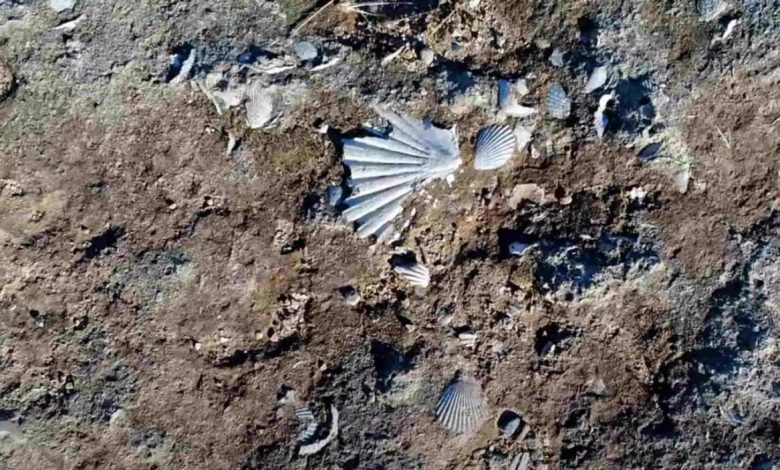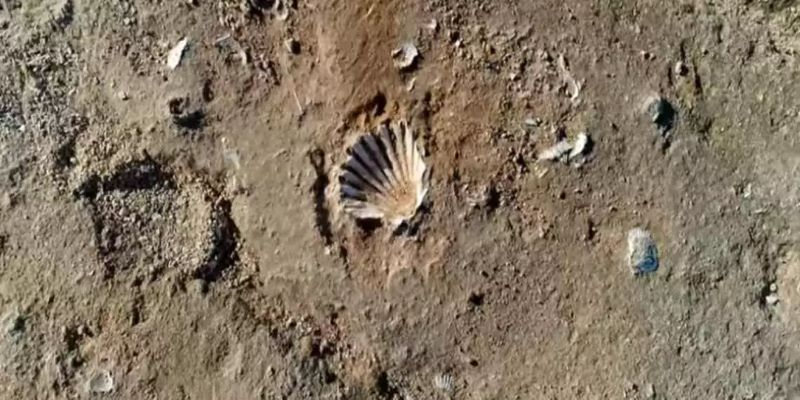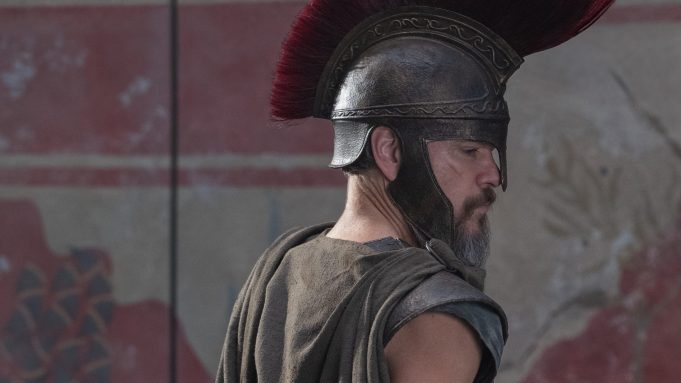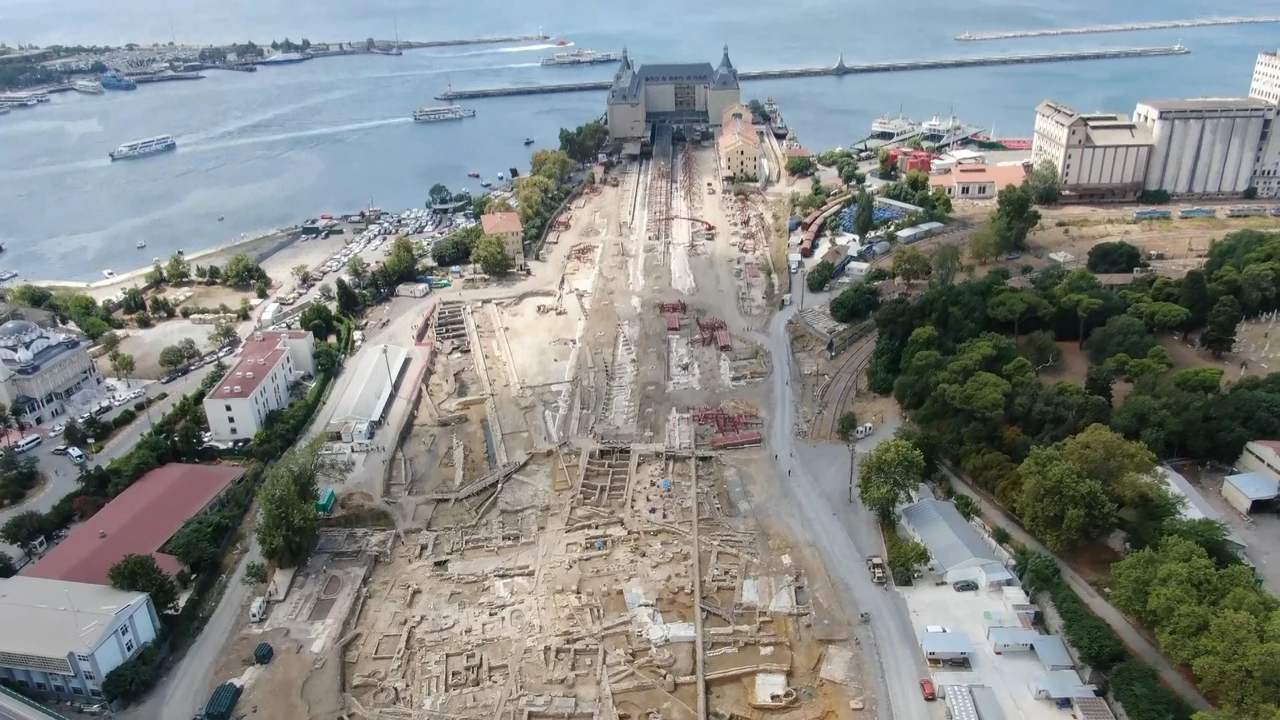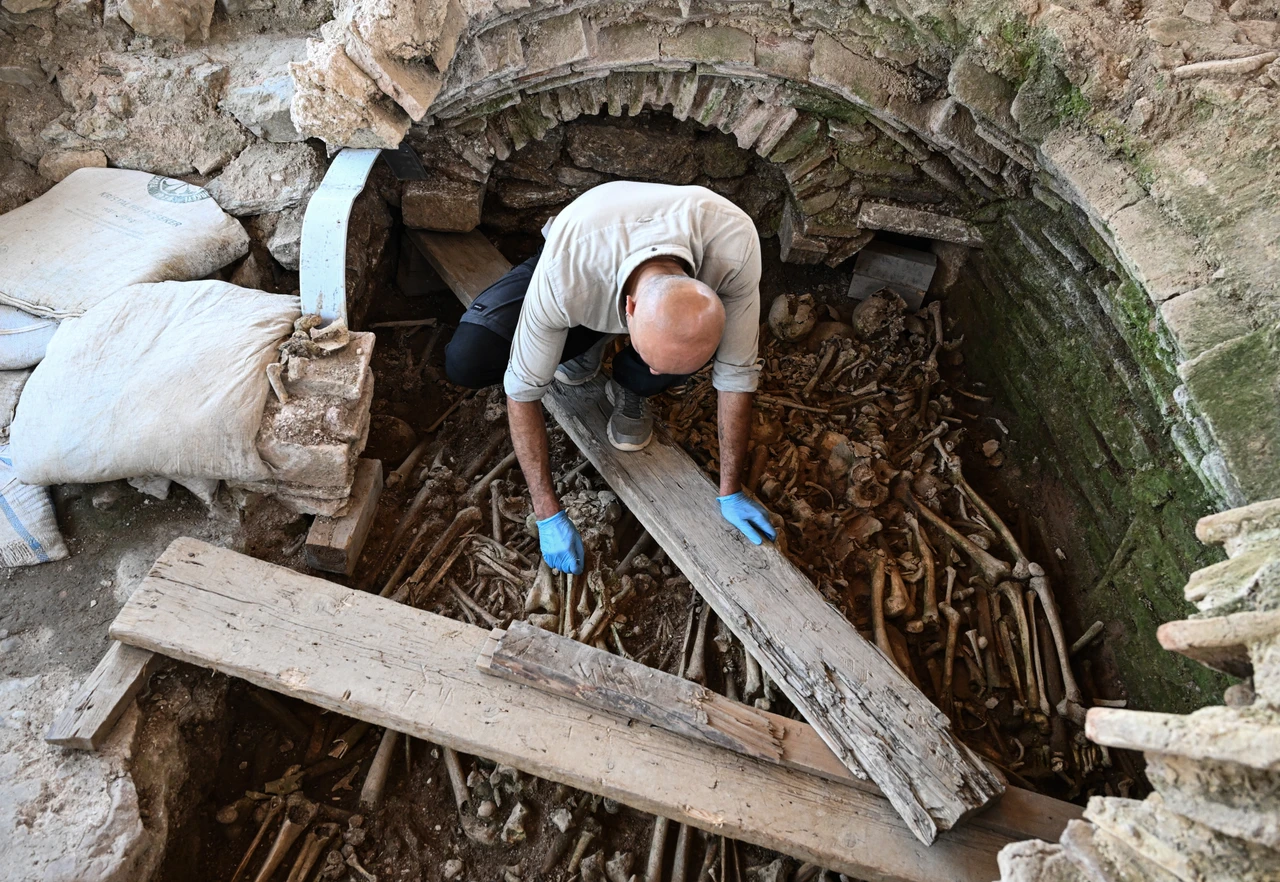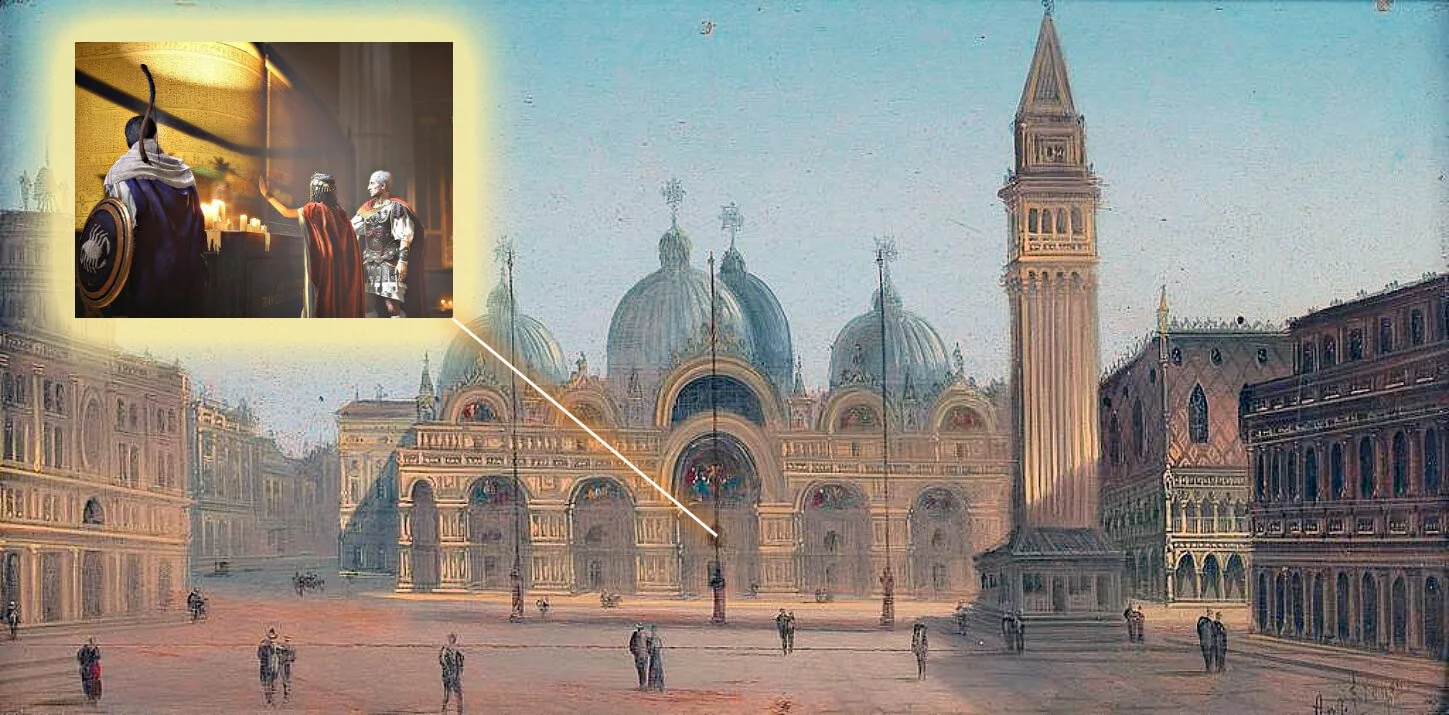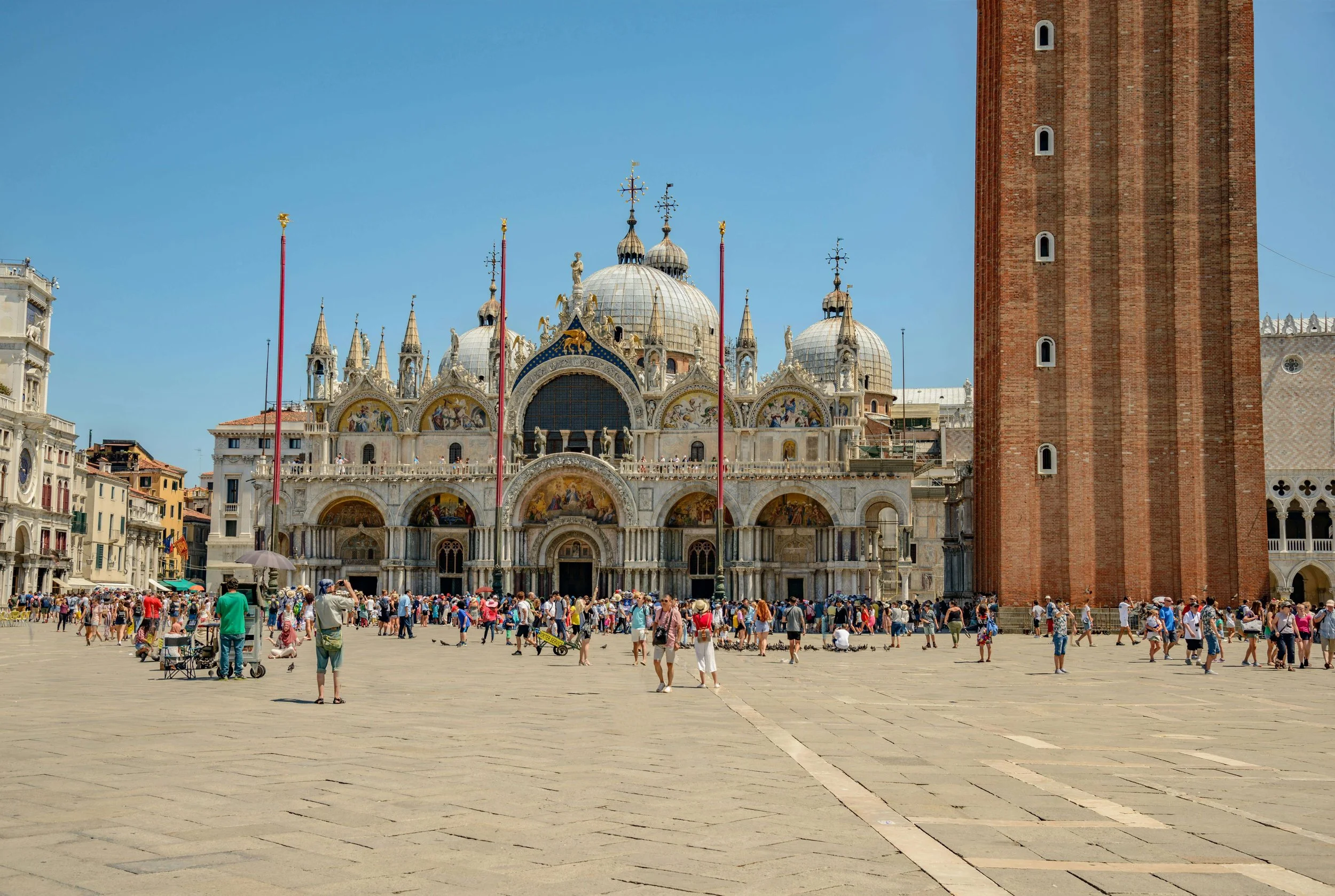In an innovative blend of ancient Greek heritage and modern technology, Charles Sandison’s latest art installation, The Garden of Pythia (Ο Κήπος της Πυθίας), takes center stage at Delphi. This monumental project, commissioned by the PCAI (Global Center for Circular Economy and Culture), draws inspiration from the ancient Oracle of Delphi and its mystical association with the Pythia, the priestess who conveyed prophetic messages.
The immersive installation will debut at the Delphi Economic Forum on April 9, 2025, with Sandison himself in attendance.
A Tribute to Delphi’s Rich Legacy
Charles Sandison, Garden of Pythia (Ο Κήπος της Πυθίας), 2025 (work in progress) Kindly provided by the artist. New commission by PCAI.
Inspired by the sacred site of the Oracle of Delphi, The Garden of Pythia invites viewers into an evolving fusion of history, art, and technology. Located at the foot of Mount Parnassus, the installation pays homage to the famous Temple of Apollo, integrating visual references to ancient texts, inscriptions, and sculptures with cutting-edge data from local geology, flora, and fauna.
The projections within the garden interact dynamically with their surroundings, creating a seamless blend of ancient history and modern innovation. The installation offers an opportunity for audiences to explore artificial intelligence (AI) concepts, framing them within the historical context of humanity’s ongoing quest for knowledge and understanding.
From Ancient Prophecies to Modern Computation
Charles Sandison, Garden of Pythia (Ο Κήπος της Πυθίας), 2025 (work in progress) Courtesy of the artist. New commission by PCAI.
Sandison’s vision was sparked during a visit to the Delphi archaeological site. Reflecting on the Oracle’s role as a conduit for prophecy, he drew a parallel between the ancient practice of divination and modern computational systems. Just as the Oracle’s sacred rituals guided travelers seeking answers, today’s technology, including AI, serves as a modern method of understanding and interpreting complex data.
For Sandison, the Oracle of Delphi was akin to CERN—a highly sophisticated system used to predict outcomes and explore the mysteries of the universe. He sees both as tools for deeper understanding, echoing the relationship between ancient wisdom and contemporary advancements in AI.
In The Garden of Pythia, the process of inquiry is central. The installation emphasizes that the questions humanity has asked throughout history, whether through language, symbols, or numbers, reflect our ongoing desire to acquire and preserve knowledge.
Bridging the Ancient and Modern
For Sandison, the historical Delphic site was analogous to CERN, the most advanced system for interpreting and predicting goals and outcomes.
According to Sandison, The Garden of Pythia serves as a symbolic bridge between the ancient and the modern. As visitors move through the installation, they will encounter data projections that evolve in response to environmental factors such as light and temperature. This dynamic interaction invites them to experience how the digital world of AI can mirror the ancient search for answers.
"I believe visitors will see this work of art as a bridge between the ancient and the modern," said Sandison. "The answers we seek from artificial intelligence today are not unlike the questions asked of the Pythia in ancient times."
A Vision of AI in Harmony with Nature
The work The Garden of Pythia by Sandison is equipped with specially designed code and sensors that detect temperature and light levels, allowing the installation to interact with the local environment.
The installation’s sensory technology—carefully designed to respond to changes in temperature and light—ensures that The Garden of Pythia will evolve over time, much like the knowledge it seeks to convey. The immersive artwork invites viewers to reflect on humanity’s relationship with both nature and technology, highlighting the need for sustainable practices and deepening our understanding of the world.
"The Garden of Pythia is a fantastical space placed partly on the slopes of Mount Parnassus in ancient Greece and partly within the matrix of my computer," Sandison explains. "Drawing inspiration from my visit to the Temple of Apollo, I have encoded this AI art piece that combines the memories of the Pythia with the beauty of the Parnassus slopes through data projections that evolve in conjunction with their environment."
Collaborative Art and Environmental Awareness
"I believe that visitors will see this artwork as a bridge between the ancient and the modern."
In collaboration with the sound artist Kostadis Michail, The Garden of Pythia will also feature a newly created sound installation, enhancing the sensory experience for visitors. The exhibit will open to the public from April 13, 2025, on select days—Tuesdays, Wednesdays, and Saturdays after sunset—according to the seasonal schedule.
Exhibition Details:
Opening: April 9, 2025, 8:00 PM
Entry Fee: 10 euros
Venue: P, Global Center for Circular Economy and Culture (Former Pavilion of Pikionis), Delphi
Public Viewing: From April 13, 2025, on Tuesdays, Wednesdays, and Saturdays after sunset (seasonal schedule applies)
About Charles Sandison
"From April 13th, the exhibition will be open to the public every Tuesday, Wednesday, and Saturday after sunset (according to the applicable seasonal schedule)."
Charles Sandison is an internationally renowned artist, known for his computer-generated video projections and immersive data installations. Born in Haltwhistle, Northumberland, and raised in Wick, Caithness, Sandison has developed a unique approach that blends art with technology. His work aims to bridge the digital world with human consciousness, creating experiences that immerse viewers in a dynamic universe of words, symbols, and characters.
"Opening: April 9th, 8:00 PM."
Sandison has exhibited extensively, including at the Venice Biennale and Lisson Gallery in London, and he was awarded the prestigious Ars Fennica Prize in 2010.
For more information on Sandison, visit sandison.fi.
About PCAI and Polygreen
PCAI, founded by Athanasios Polychronopoulos, CEO of the environmental company Polygreen, is a cultural organization focused on environmental awareness through contemporary art. The organization supports significant cultural initiatives, such as the Venice Biennale and Sharjah Biennale, and collaborates with major global institutions to promote sustainable practices and environmental responsibility.
Polygreen’s environmental initiatives, including the transformative Just Go Zero project on the Greek island of Tilos, demonstrate a commitment to circular economy solutions and sustainable development. The recent renovation of the Pikionis Pavilion, now the Global Center for Circular Economy and Culture, embodies the organization’s dedication to integrating art, culture, and environmental sustainability.







